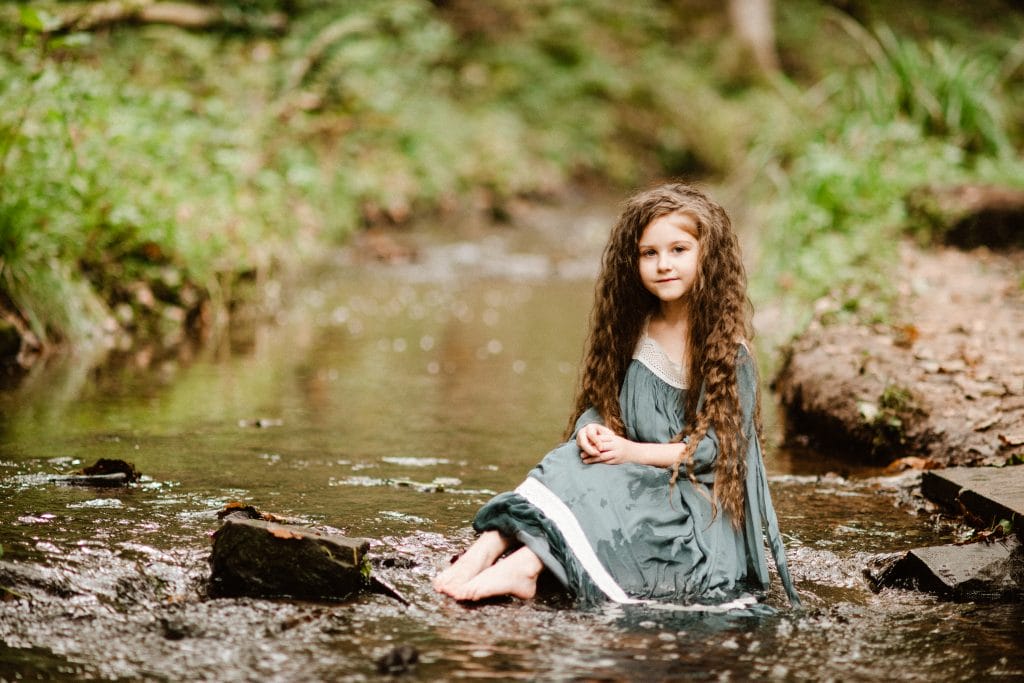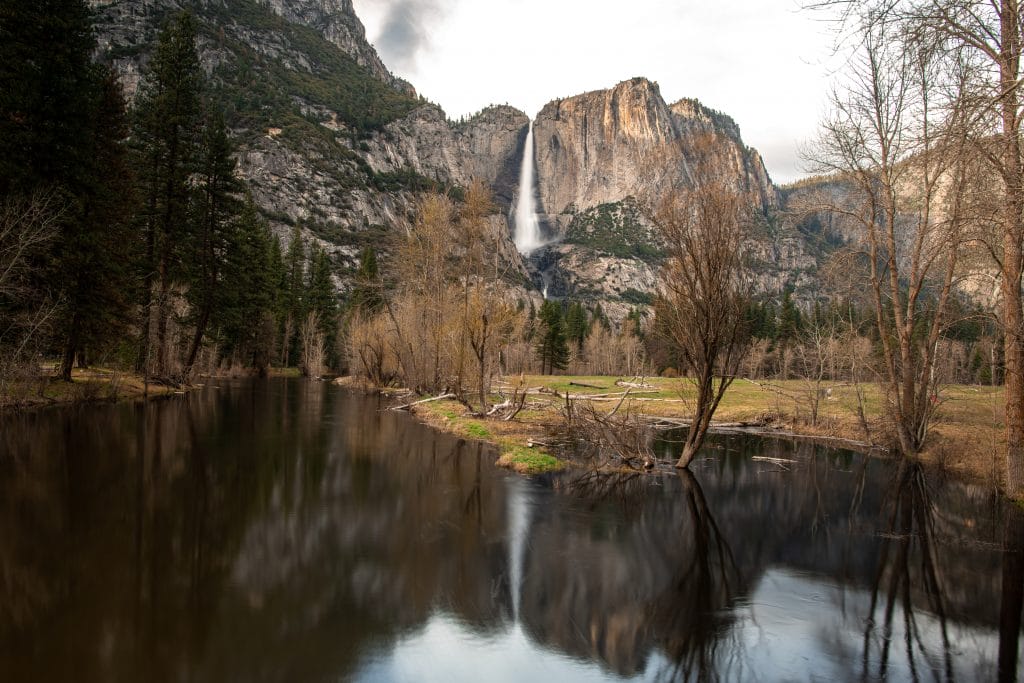A lion’s share of passion.
By Shradha Aswani
Despite being a professional in the creative field, I have never been able to answer what it takes for someone to love a hobby enough to make a career of it. We’ve all heard stories of the accountant with a journal full of doodles that went into print right away, or the osteopath who could qualify for the national football team. But how does one know the side of themselves they should build on?
“Photography is something that happened to me,” Sudeshna Hati, an artist and photographer and my latest interviewee, tells me in response to my question about what led her to practice her passion professionally. I asked her to elaborate, of course, but not before knowing about the series of events that led her to the Land of Smiles, proverbially best-suited to frame her pictures.
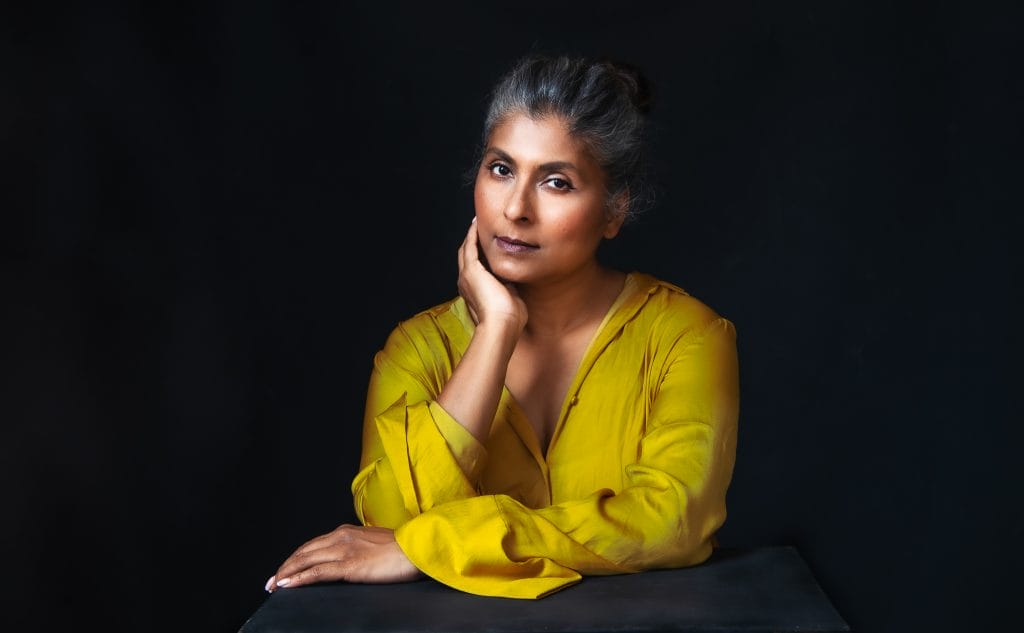
Sudeshna moved to Thailand 14 years ago when her only daughter was in grade six. Married and settled in Delhi at that point, she saw an opportunity for a better life in her husband’s transfer to Bangkok. She knew that her priority then was to be closely involved in the upbringing of her teenage daughter, and she wanted to find productive alternatives that made the best use of her time when her daughter was in school. This led to a brief stint with teaching and other part-time gigs and an extended role as the self-appointed photographer on the many trips she took with her wander-loving husband. During those journeys, she embarked on the unplanned photography route.
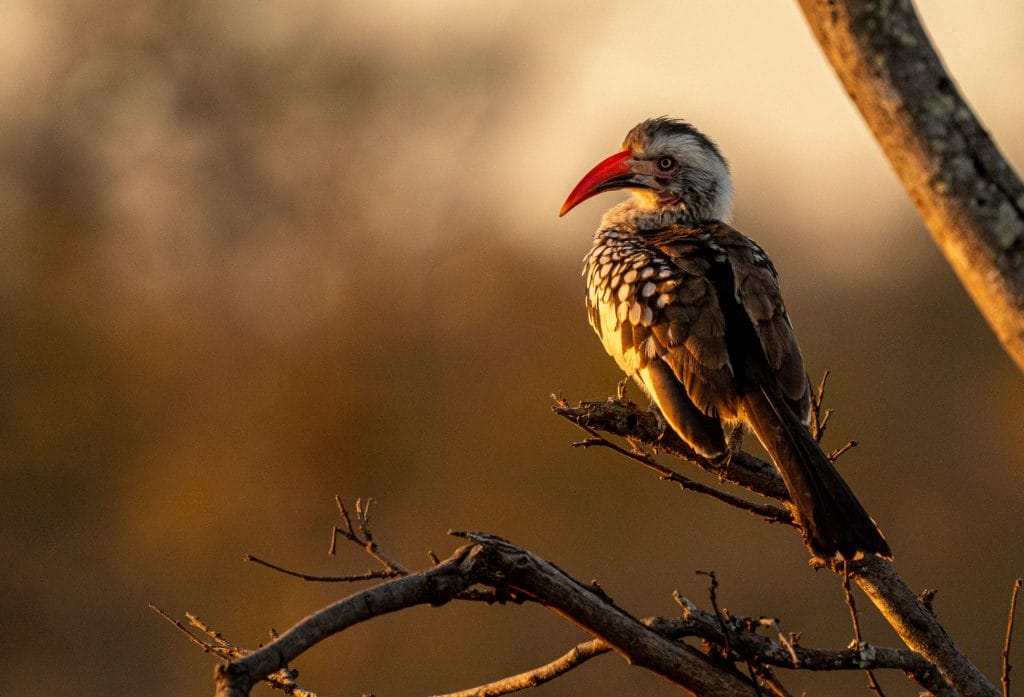
In an exclusive chat with Masala, she dives into the many facets of her journey with her digital camera, and how it has given her perspective a new angle.
What piqued your interest in photography? When did you decide that you loved it enough to pursue it professionally?
My husband loves travelling, and we travelled more extensively after we moved to Thailand. Coincidentally, on those trips, I would assume the role of a photographer. When my daughter left for her higher studies in 2014, I felt I should take this a little more seriously. We travelled to exotic places, including Alaska, Chile, Bolivia, and more. We had been to all the national parks in the US, and while I was there, I realised that if I didn’t capture those moments then, I would never be able to, since it cost a lot of time and money to be there in the first place. That is when I bought my first professional-level camera.
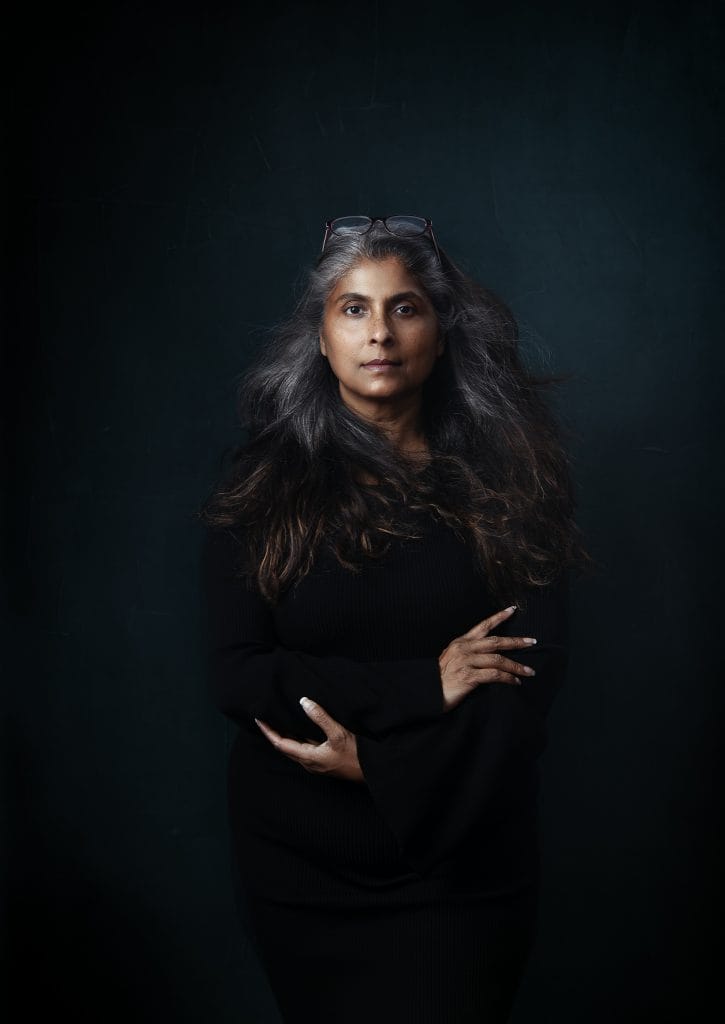
What has the journey been like? What was your first specialised learning experience?
I started with landscapes initially and kept researching how I could refine the ones I took. Gradually, I began seeing the works of other photographers and was intrigued by wildlife pictures. The images inspired me. Looking to emulate them, I discovered Sudhir Shivaram, who is a very famous photographer based in Bangalore. I accompanied him on one of his learning tours in Kabini near Bangalore, and learned a few trips
and tricks, before following up with a tour of Masai Mara with Sudhir again.
To put it all to practice, My husband and I travelled to Costa Rica to picture the hummingbirds, which I thoroughly enjoyed. Birds are small and fidgety, so they are the most challenging subject to photograph, but it was really fun.
Are there other things you like to shoot, and when did you start your Instagram handle, @portraitsbysudeshna?
Since I started late, I did not want to restrict myself to a particular type of photography. In 2017, when my daughter graduated, she asked me to help her with her pre-grad shoot. That is how I was inducted to portraiture. I learned more about it online and executed it. Once I finished shooting with her, it dawned upon me that this is the kind of photography I can do even from home. I don’t need to travel for it, which is
not always possible. The idea excited me. I started clicking portraits more following this realisation, with a couple of close friends helping me in the course.
There was a new challenge waiting for me there because the people I was picturing were not models, and I was not a fashion photographer. The question was how to make everyday people like you and me look their best. I started taking courses on how to direct subjects and work with their individual features and postures to accentuate their personalities in the photos. I have learnt a lot in the course of taking these pictures, all of which helped me grow and become what I am today.
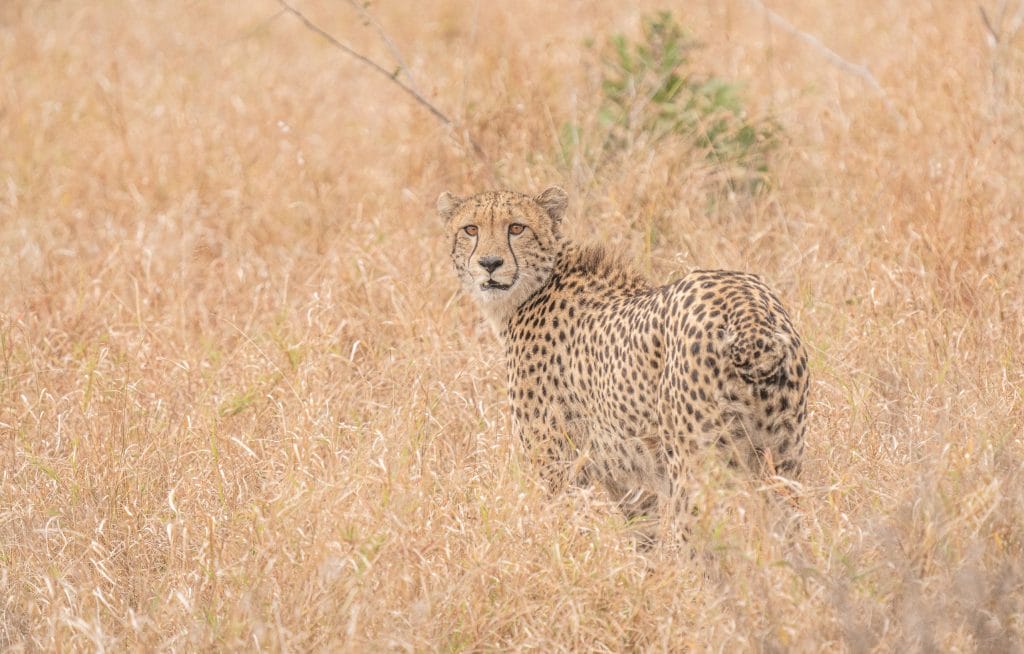
What do you enjoy about portraiture or other forms of photography that you practice? Have you been able to commercialise these images?
My idea of portraits is to make people feel beautiful, regardless of their age, body type, colour or anything else. The idea is to create memories that one can look at twenty years from now and feel happy about having taken the pictures. I do charge nominally for family portraits and other picture requests from the community, but I travel too frequently for me to be able to run a full-fledged business over here. I see myself being able to do that in the next few years, perhaps.
Regarding my wildlife pictures, I think I am just a drop in the ocean of photographers out there, just in India. They click beautiful pictures, but there is hardly any money they are able to make. For me, it has never been about money. When I started, I was looking to create art for myself. It will be hypocritical to deny that I want my work to be appreciated. But that is not my end goal. The real deal is the peace I get while creating this art and preserving moments of my life.
What has been your most rewarding moment in the pursuit of photography?
The first and foremost is travelling, of course. Secondly, it is the sense of achievement you get when you can capture a moment precisely, despite the shortage of time or resources. A testament to this was when my sister-in-law and I were at Antelope Canyon in Arizona. We were visiting a tourist spot and knew that we would be ushered out as soon as the light beams, which the site is famous for, started coming in. That
slot was booked for the photographers, who were charged extra to have enough time to capture the moment, one I really wanted to capture.
As soon as the light beams started to break through, we were asked to disperse, and I took a few pictures in an instant. I did not have a tripod or any other equipment, just the camera. I rushed through to get just a few shots, but now, I have those photos for life. These experiences and stories behind every picture that I take, is what I strive for, and they are what keep me going.



